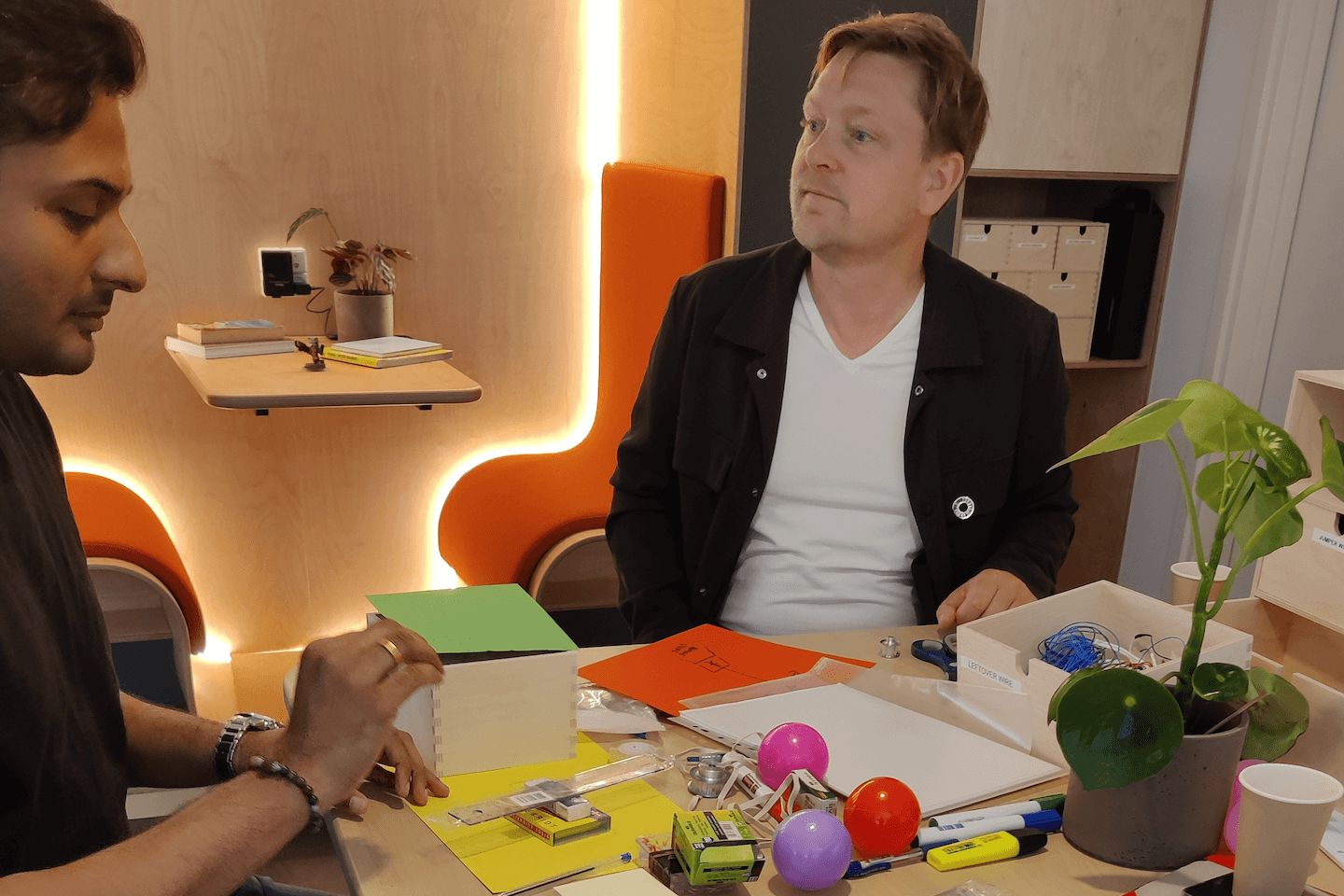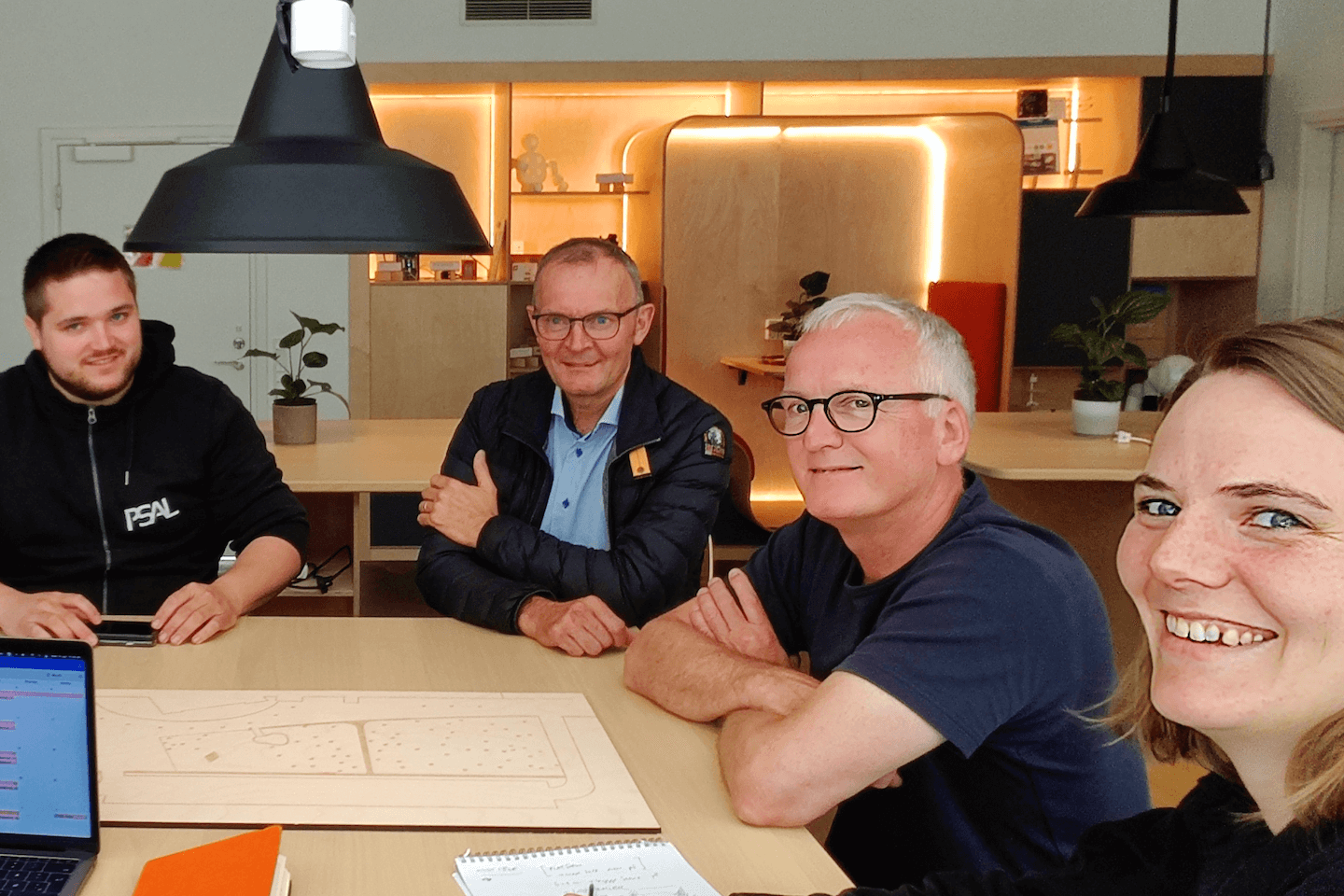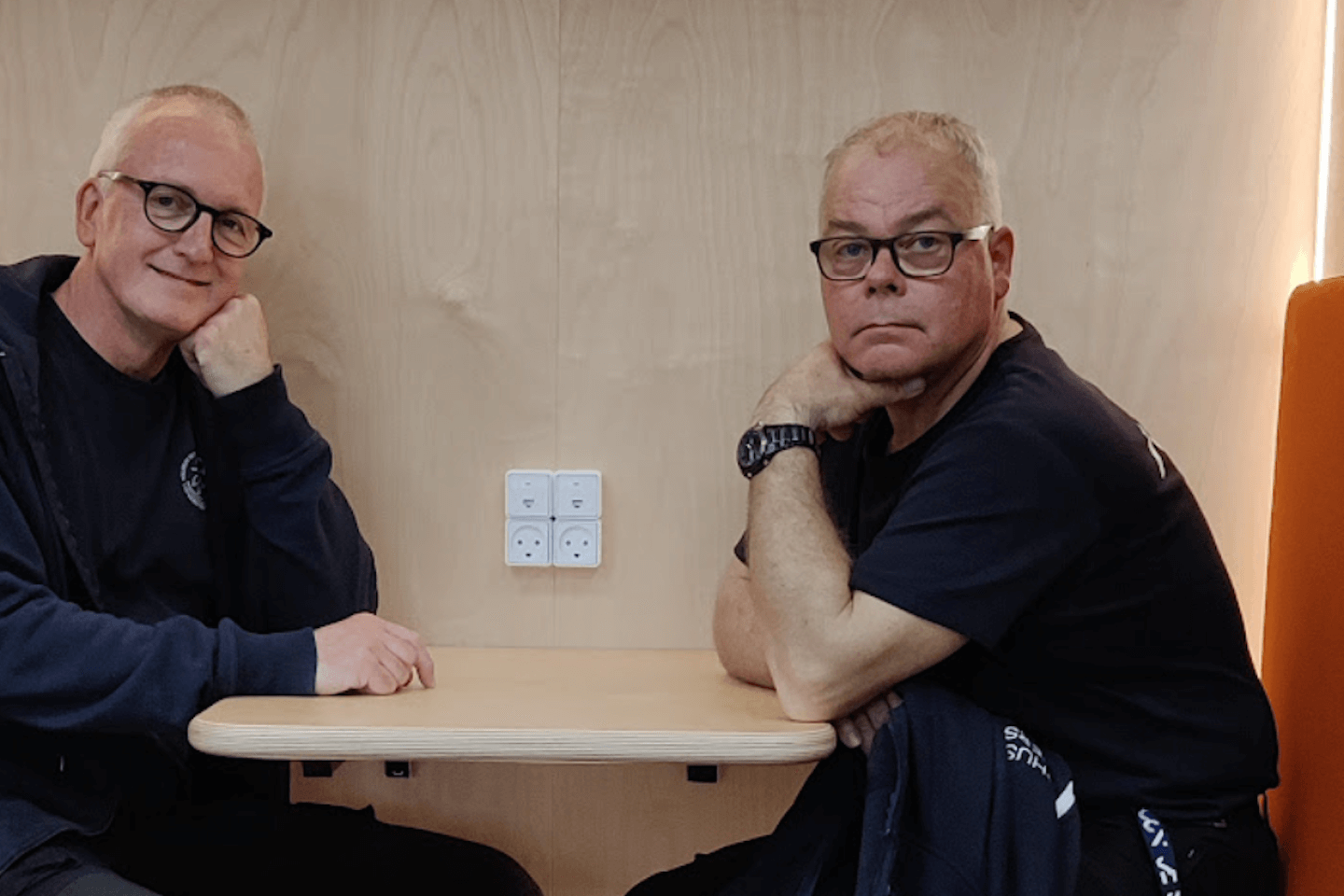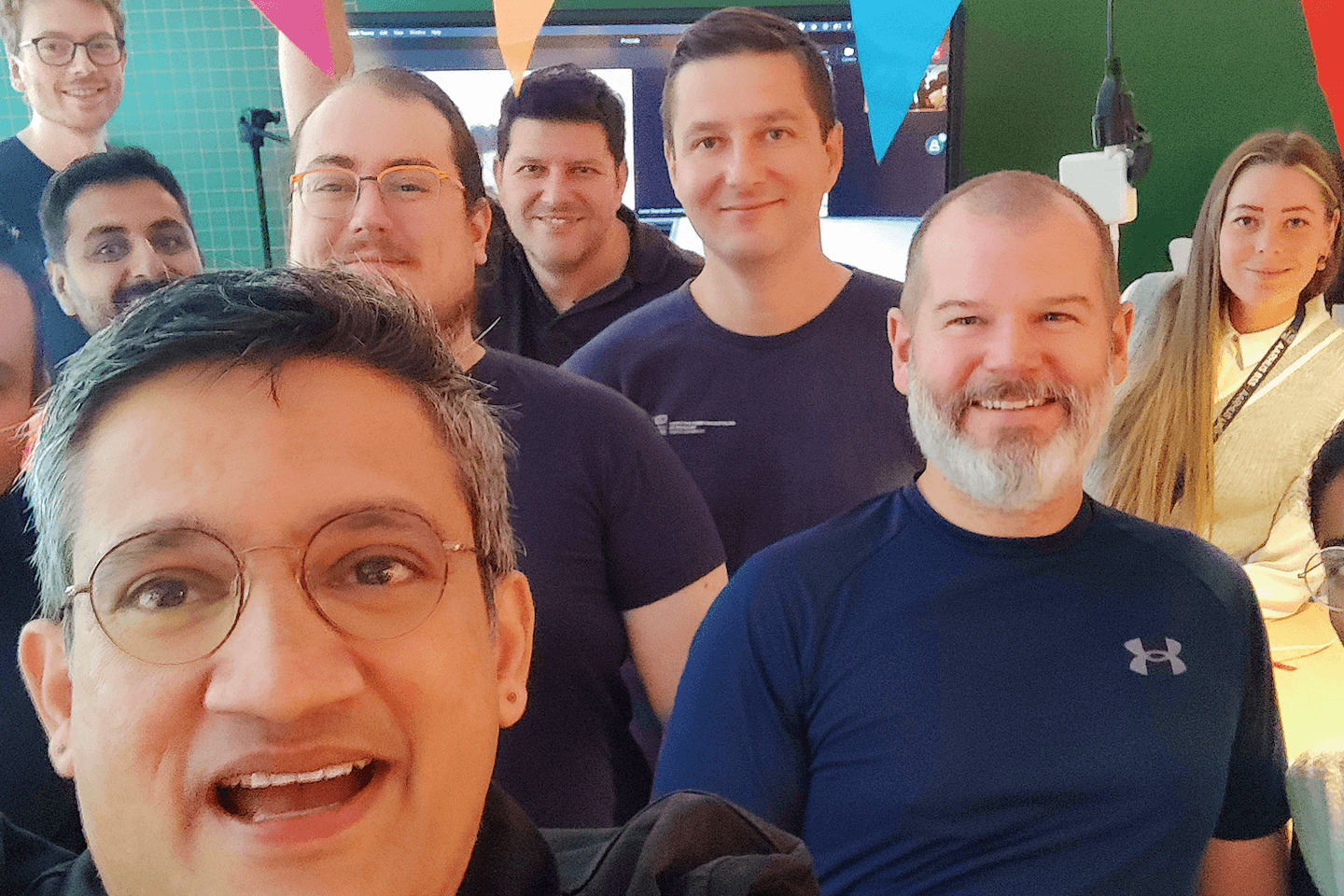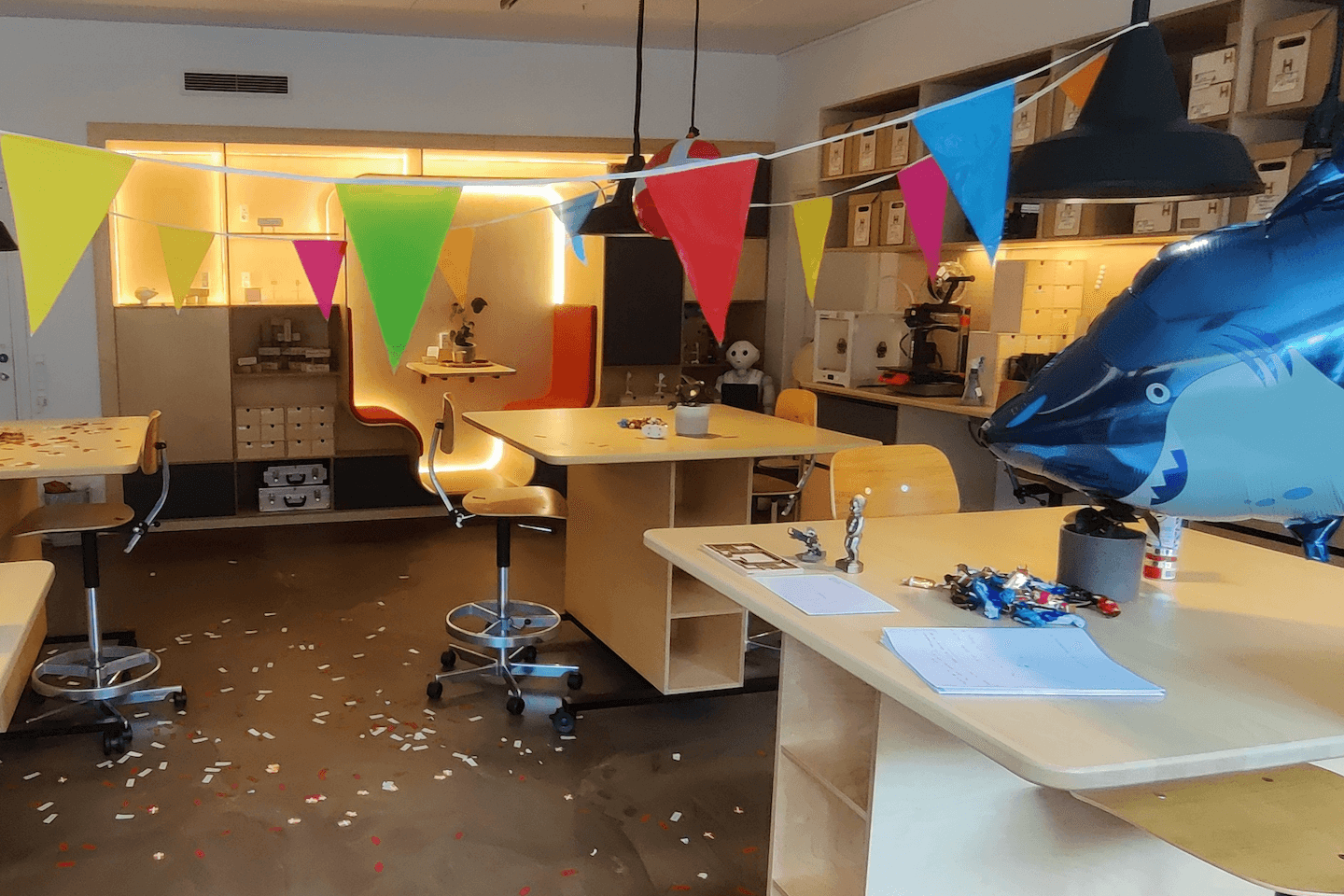- Designing a prototyping lab as a pedagogical place
- Spatial design features for flexibility and transformation in places of learning
- Collaborative research infrastructure development in an academic organisation by design practice based research


lab is part of a string of six other labs at the Department of Business Development and Technology (BTECH) campus of Aarhus University in Herning, Denmark. It is one of the newer labs in the lot, which opened in August 2021. In 2020 I was asked of my interest in designing a new lab in the old electronics room which had belonged to another department and school of Aarhus University. I agreed, as this gave me an opportunity to design and shape a space, something close to architectural design, my personal skill set’s first home. I decided to approach the project as a design practice based research, as a project on placemaking, which I could carry out within the campus building.
A special aspect of this project was the opportunity to work within the building of the main campus. Built in 1996 and considered as a Danish design heritage building, the Aarhus University campus structure in Herning was designed by the Danish architect Henning Larsen, known as the ‘master of light’. It is a well designed building and joy to work in, and here was an opportunity to re-design a small room as a lab within that building. And one can imagine the fascination of working with buildings and spaces by well known architects and designers from the previous century. With such projects the existing structure built in the yore facilitates a material and design conversation with the person and people who designed and built the building in the past. It is like an opportunity to talk with the architect from the past, a time travel of sorts as the details of the building unravel the designers and builders thinking. Such an opportunity could not be missed, I readily agreed and took up the project.
Mood boards, examples of lab spaces, articles on designing labs and makerspaces, broad tentative costs and budgets were made in the thick of Covid restrictions. These were followed by co-design workshops, construction drawings and contracts with vendors. The construction took place mostly during the Covid lockdown period and the PROTO* lab opened in August 2021 with the lifting up of lockdown restrictions.
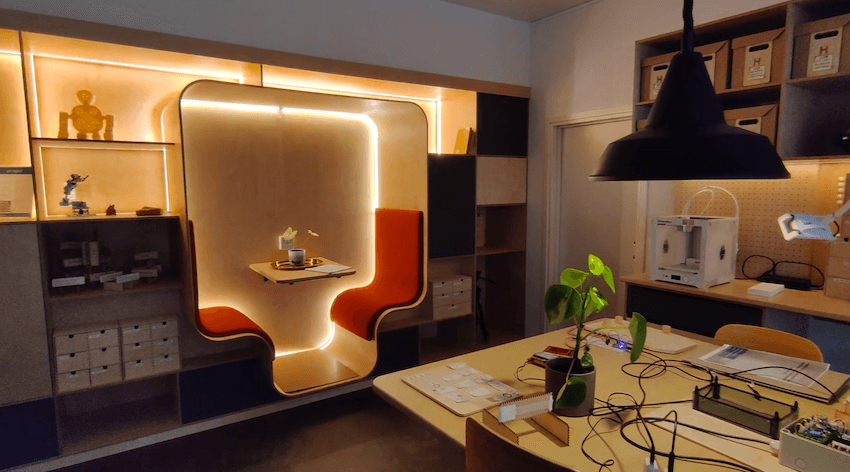
After designing and directing the lab for two years from August 2021-August 2023, here I present the PROTO* lab project as part of my design portfolio. I frame it as a project and as an output of my academic design practice, than as an administrative report or as notes from the programmatic execution of a lab. So this project and its output is framed as design matter, and is presented reflectively in a visual manner. By visual I mean such conventions and ways, that visually present design processes, using sketches, construction drawings, photographs and videos and use them as evidence of change, as empirical instances of new knowledge or understanding of impact that has emerged as a result of a design action of the lab. I use five visual plates similar to the ‘pictorial’ format to present a design led understanding. Each plate has a title followed by visuals in different compositions that try to capture either the logic of designing and the impact from the design decisions.
‘Design features’ are something that describe the characteristics of a design, and they also comprise of decisions made to facilitate particular outcomes, like what can be understood as design intent or seeking a particular course of action. Then design features here also mean outcomes that can be seen as having emerged because of spatial arrangements or design decisions, but something that one realises only in use, something of a partially mediated happenstance. Thus these are presented together for brevity. So the five design features that I reflectively list out from PROTO* lab are:
1. Spatial flow logic for a prototyping lab
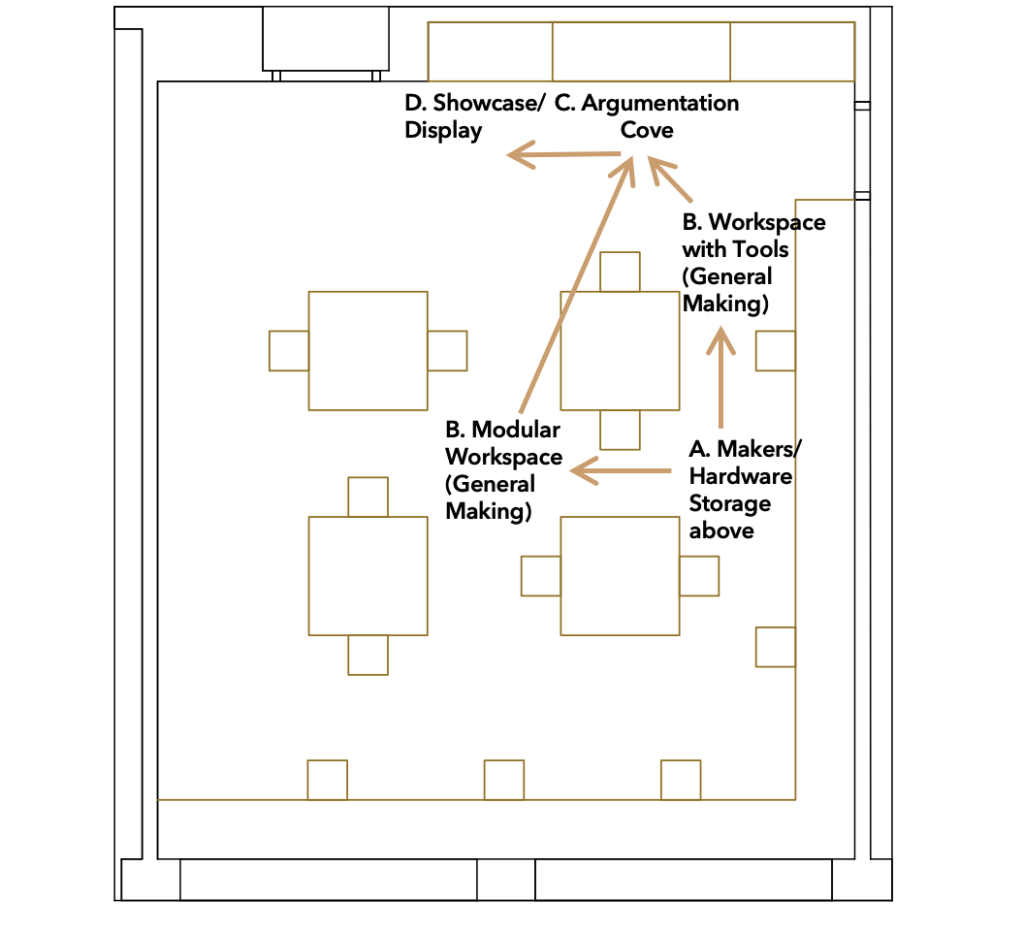
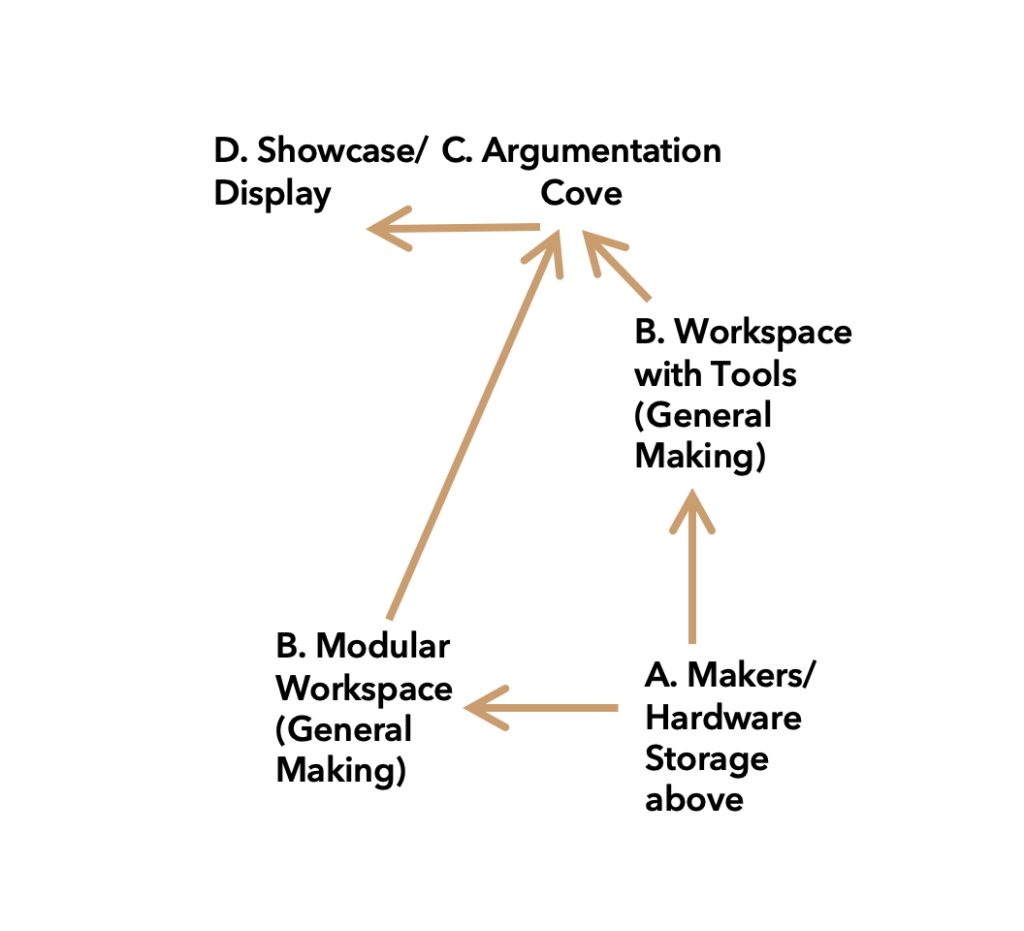

A. Makers/Hardware Storage above

B. Work surface with Tools (for General Making)
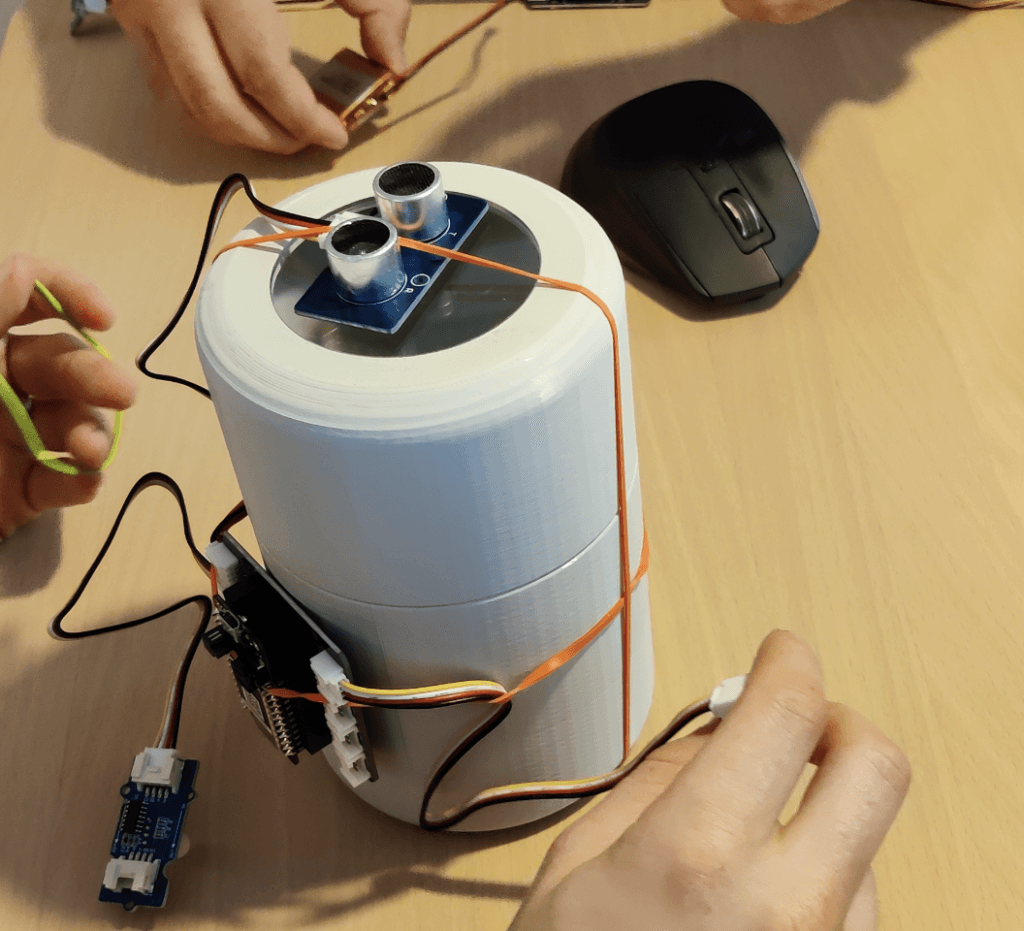
B. Modular Workspace (for General Making)
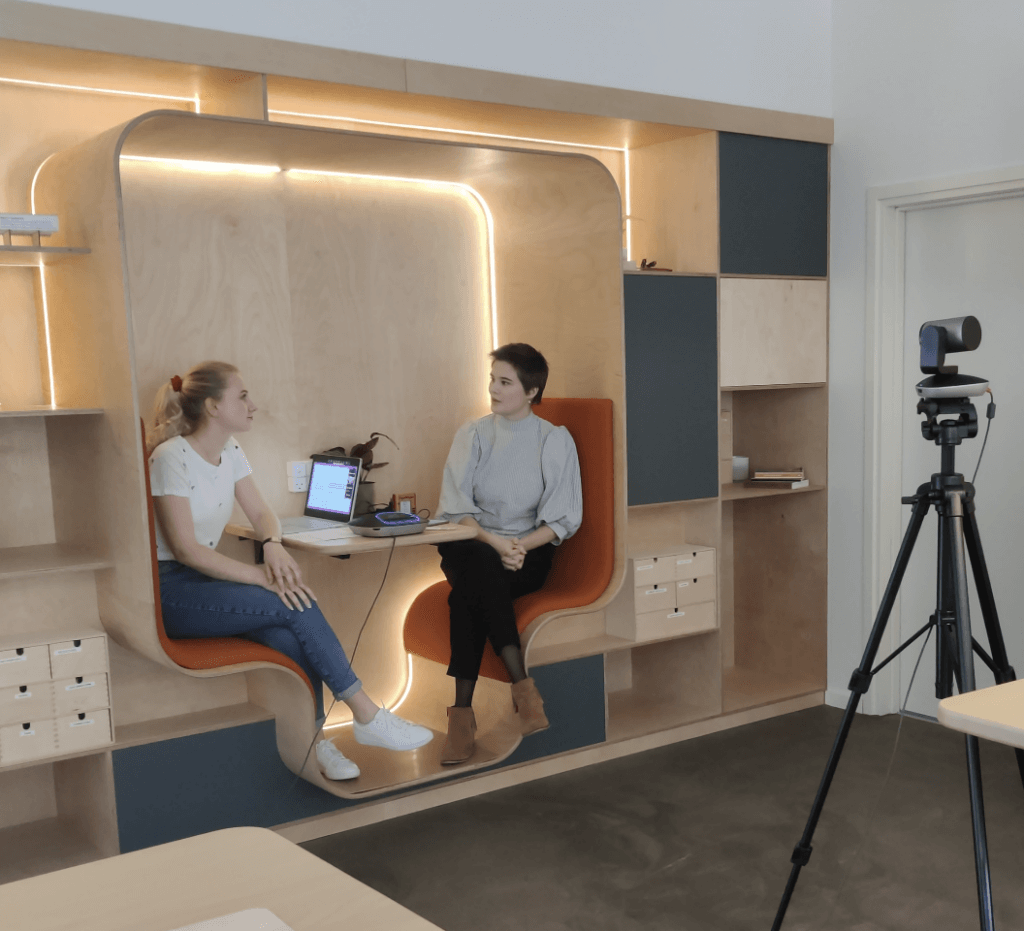
C. Argumentation Cove

D. Showcase/Display
The design conception of the lab had a particular spatial flow with the four distinct elements that are listed above. Such an arrangement was a conscious decision that follows practice led and constructive design research positions, where the prototypes and design objects are viewed as knowledge outputs. Thus the arrangement of spatial elements as:
- A. Makers Hardware Storage
- B. Work surface with Tools and Modular Workspaces
- C. Argumentation Cove
- D. Showcase/Display
within the lab scaffolds the room as a place of learning and new knowledge generation through the act of making and building prototypes. Thus the arrangement is in an order, where students, makers and researchers can build and make prototypes resulting in new knowledge creation.
2. Modular flexibility for transformation



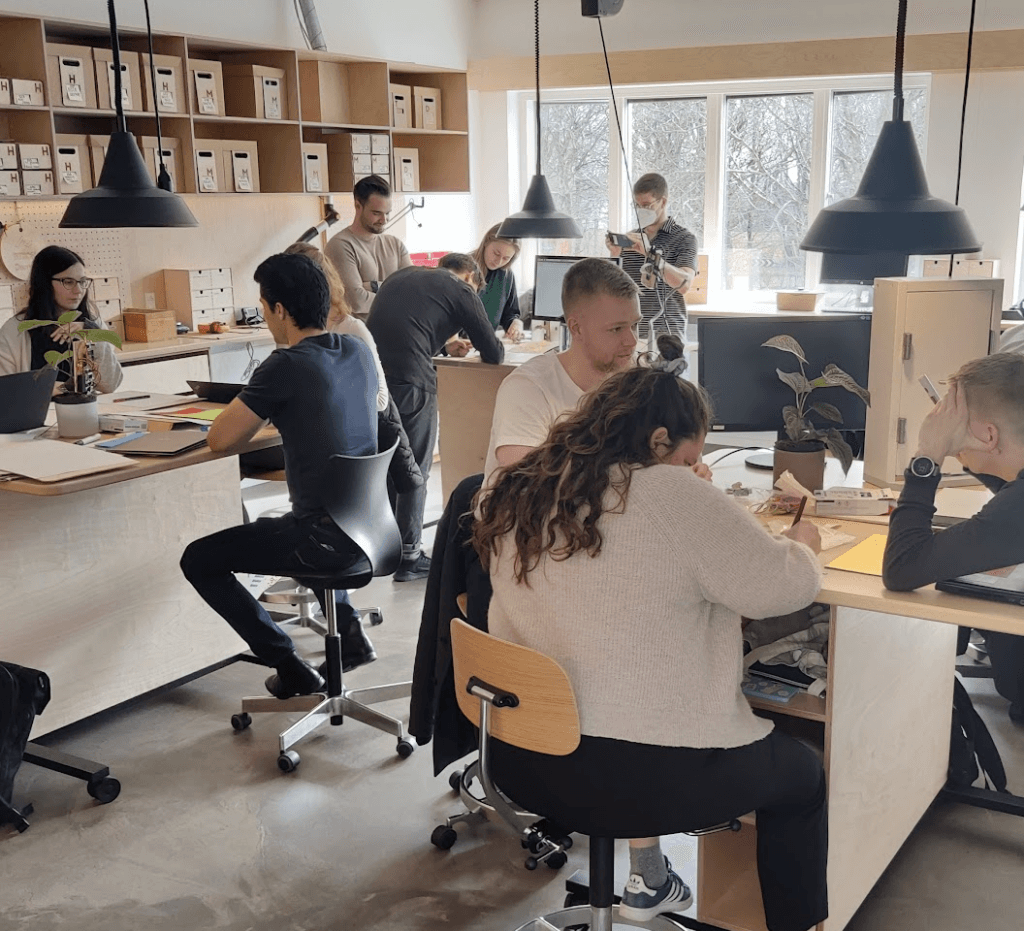


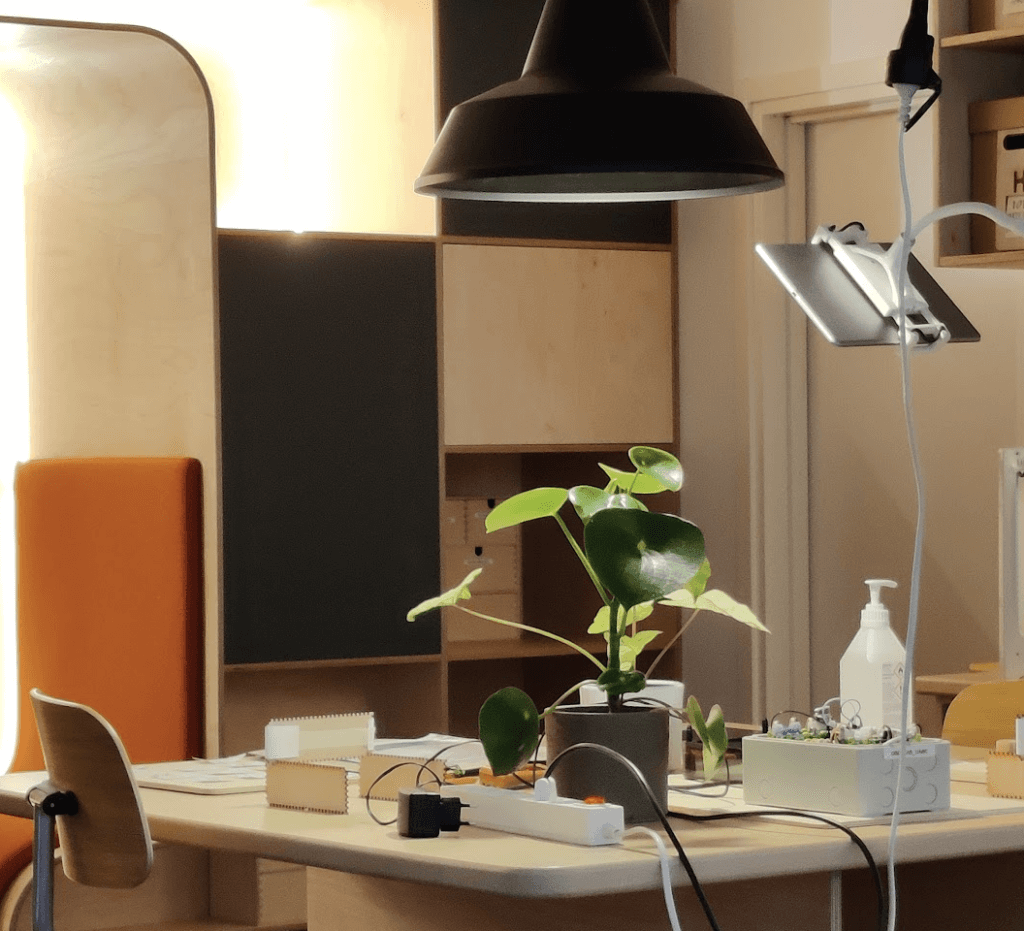

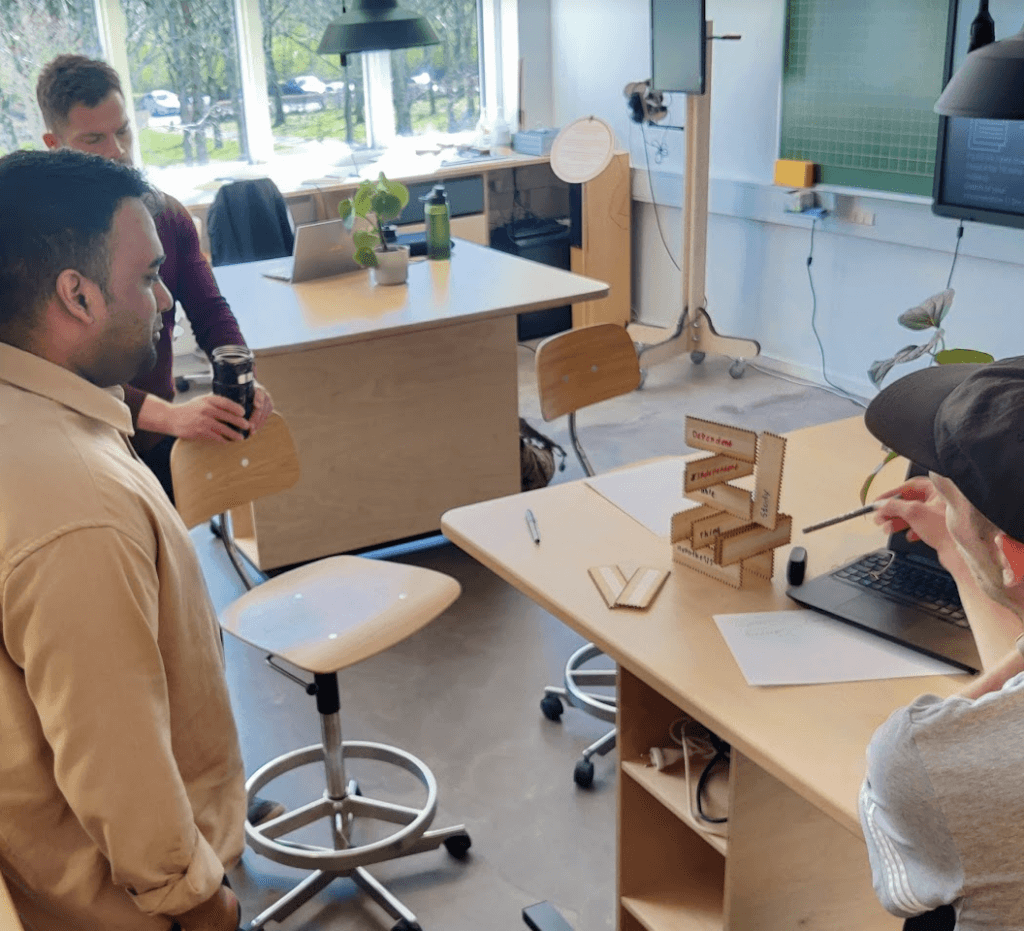
The workspace and work surfaces, in the form of modular and movable tables have been designed and built in such a way that it provides optimal flexibility to transform the lab space. Above in the pictures are some examples of how the space transforms, from lab teaching, to class room space, to robot workshop, to organising a mocktail workshop. This is made possible because the design of the tables and the movable and modular lighting system built on the ceiling grid.
3. Spatial elements integrated within the lab as a demo-space
Above is a video from a student’s master thesis project with the window manufacturing company Velux. Here we conceptualised and developed a prototype for using a window swing to interact and control the lighting within a space. For this demonstration we used in the inbuilt lighting of the lab’s Argumentation Cove to wirelessly connect with an independent window provided by the company. The prototype was built using a Particle Photon wireless module where the data from the window swing was registered by the accelerometer of the Particle board(technical build and coding done by Asst. Prof. Lasse Vestergaard). This case shows that elements within the lab have been designed to interact with external entities and prototypes where the architectural elements (lighting) of the lab can actively integrate and transform into an interactive demo-space.
4. Lab as a Generative Space
Over the two years PROTO* lab has facilitated and achieved a number of outputs and measurable impact for the Aarhus University BTECH campus. Teaching lab integrated courses (2 courses of 10ECTS), master thesis supervision (4: one of them awarded the best thesis of 2022 ), course project supervision (8) Industry grants (1), Peer reviewed research articles (3) and a students start-up supported by the lab (1) are some outputs from the lab. While these could be considered generative in their own way, the use of ‘Lab as a Generative Space’ here indicates constructive design research related generativity, i.e. PROTO* lab projects that moved out from the comfort of its own premises and generated scope for further design or then design led inquiry. I present the following three projects as being generative from PROTO* lab:

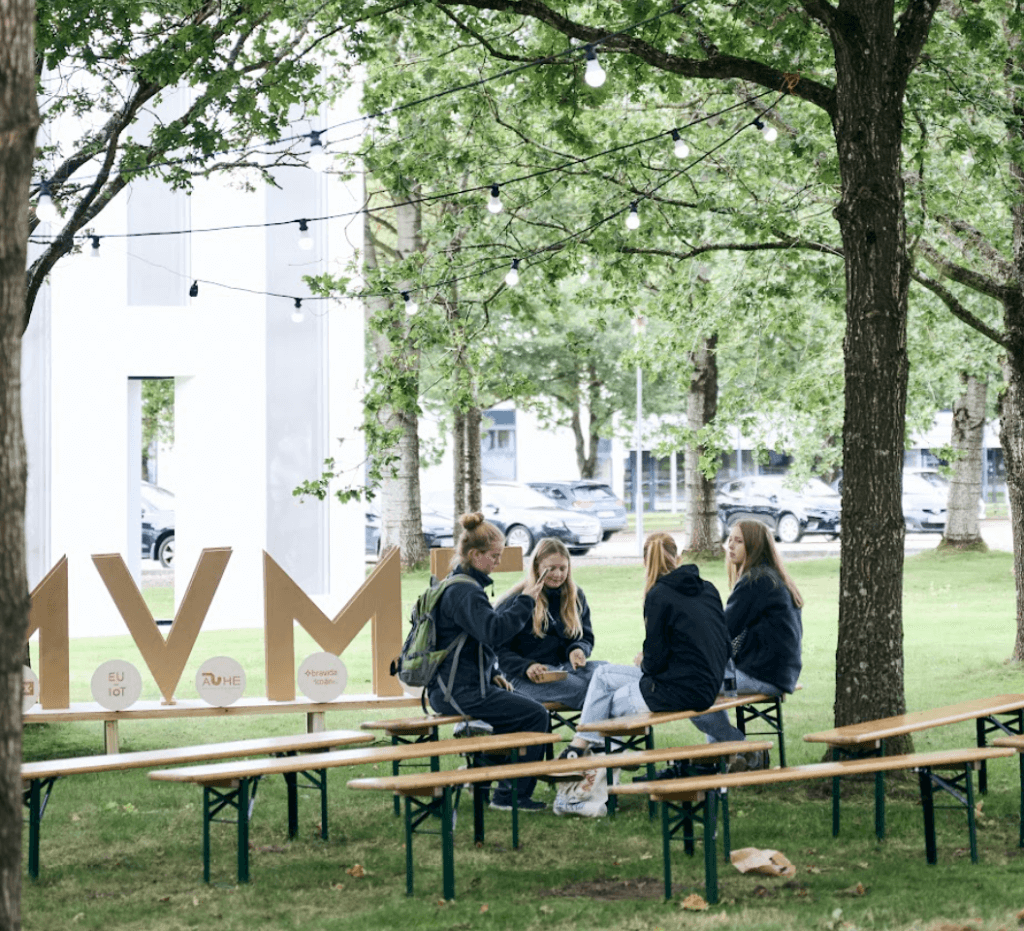
MVMF 2022 (Midtvest Maker Fest) emerged from PROTO* lab. As presented in its own section, the seed for the festival and its evolution as regional study and as an organisational event making an impact at the regional level of mid-west Denmark has its seed within PROTO* lab.
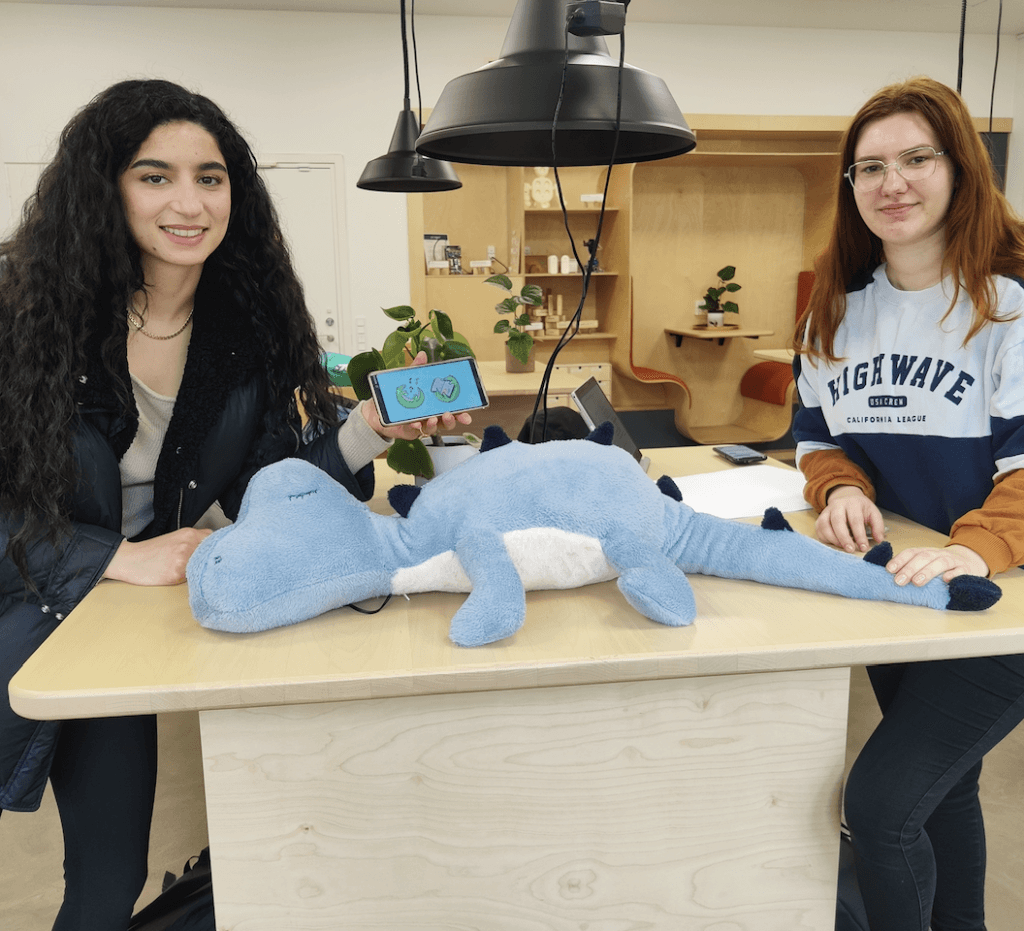
This recent joint master thesis project from Ines Jlil and Jessica Balogova called Sleepy Samo, developed toys for children with ADS. It evolved from their Technology Specialisation project and was supported and developed at PROTO* lab. It has received its first start-up grant from The Kitchen at Aarhus.
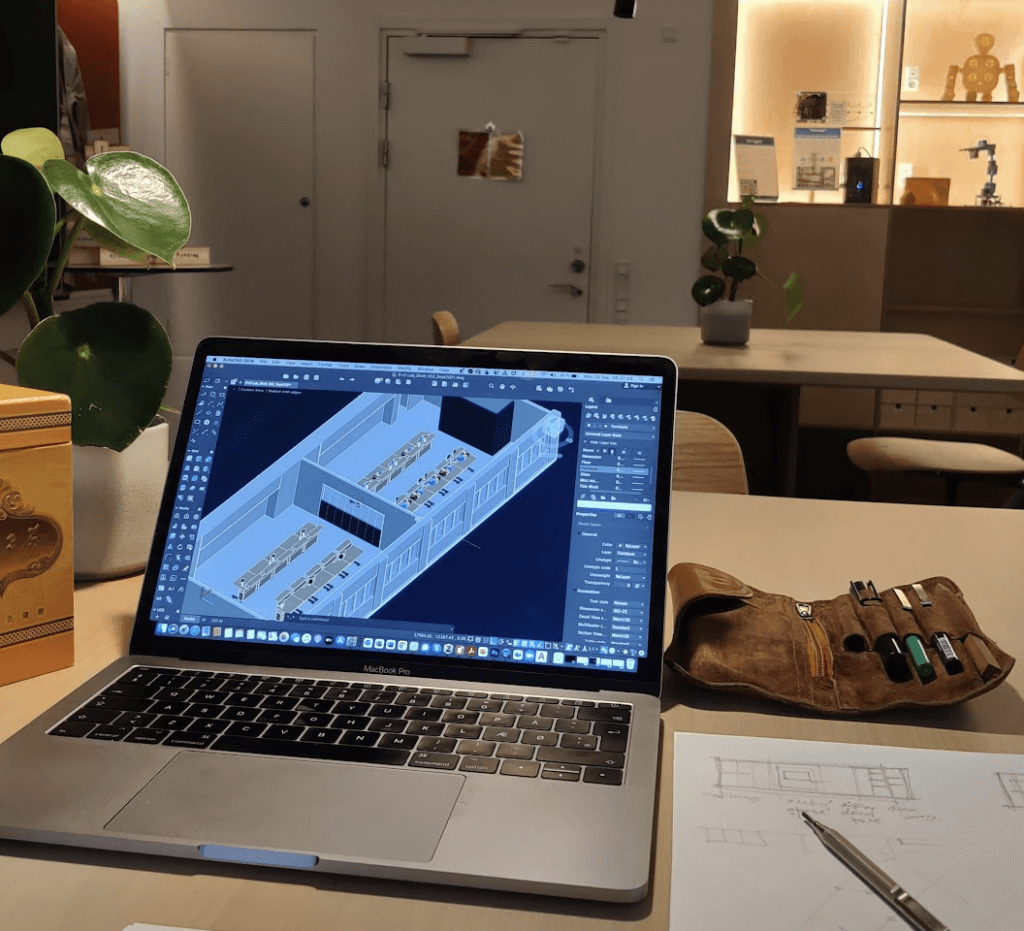
After PROTO* lab was setup then other older labs on campus such as Production Lab and DIGI lab also approached PROTO* lab for redesigning their setup. Extensive collaborative planning has been done for these two labs with the respective Lab Heads to transform their setup and integrate their programs with the design of the lab spaces.
5. Lab as a social space and community
Finally it is a reasonable aspiration that any designed place empowers and enriches relationships between people who spend time in the place. That there is some sort of positive outcome by being in the place, spending time in it or working and learning from it. If a place manages to generate a sense of community, then it is one such reasonable outcome. While we can only design and hope for such an outcome it cannot be assured by design.
In the two years from 2021-2023, in PROTO* lab there were many gatherings and get-togethers, formal and informal, with students, faculty and company visitors which indicates that the lab in its conception and design of its environment and atmosphere can support joy and camaraderie between people.
Concept, Design and Identity: Karthikeya Acharya
Department Leadership and Section Support: Prof. Anders Frederiksen and Associate Prof. Mirko Presser
Project Funding: Internal Department funding from BTECH at Aarhus University
Carpentry Contractors: Sporring.dk
Office Furniture/Chair Suppliers: Scanoffice/Darbaak design
Electrical and LAN networks: Bravida.dk
Lab Program and Management: Karthikeya Acharya 2021-2023

